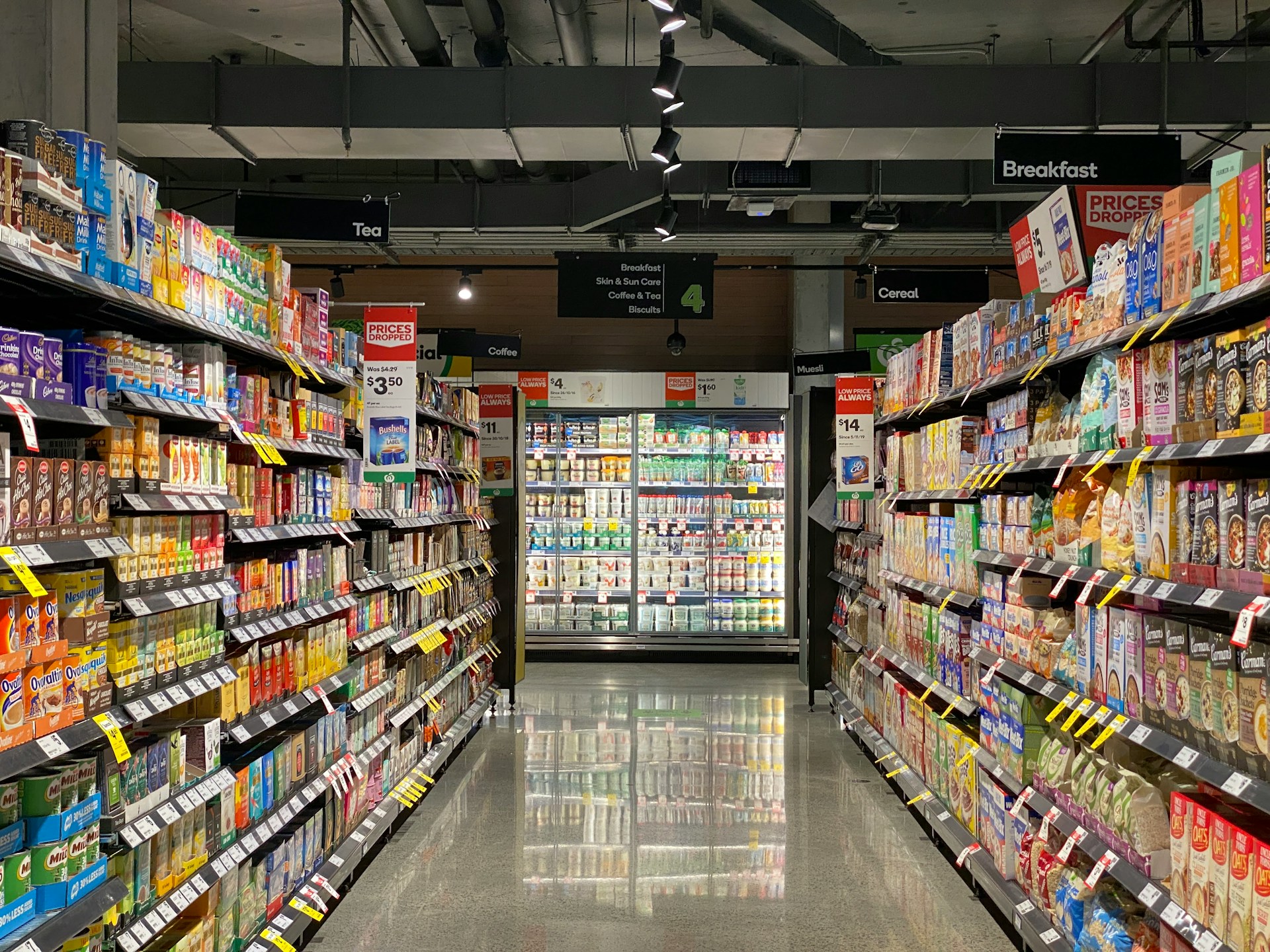Lifestyle
28 Popular American Foods That Are Banned or Restricted Worldwide
By Jake Beardslee · July 31, 2025
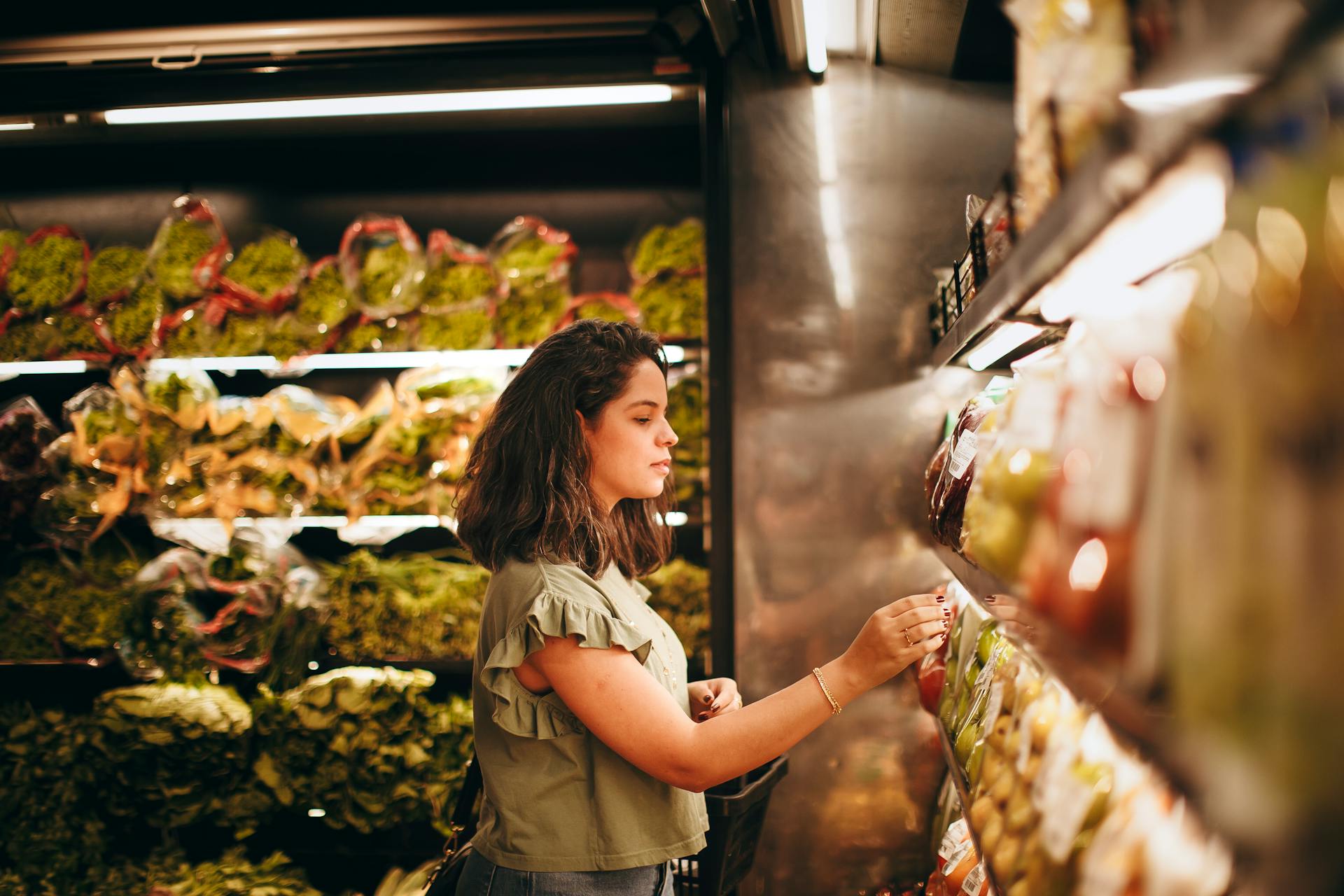
Here are 28 familiar U.S. grocery staples and fast food favorites that face restrictions or bans around the globe. Helena Lopes / Pexels
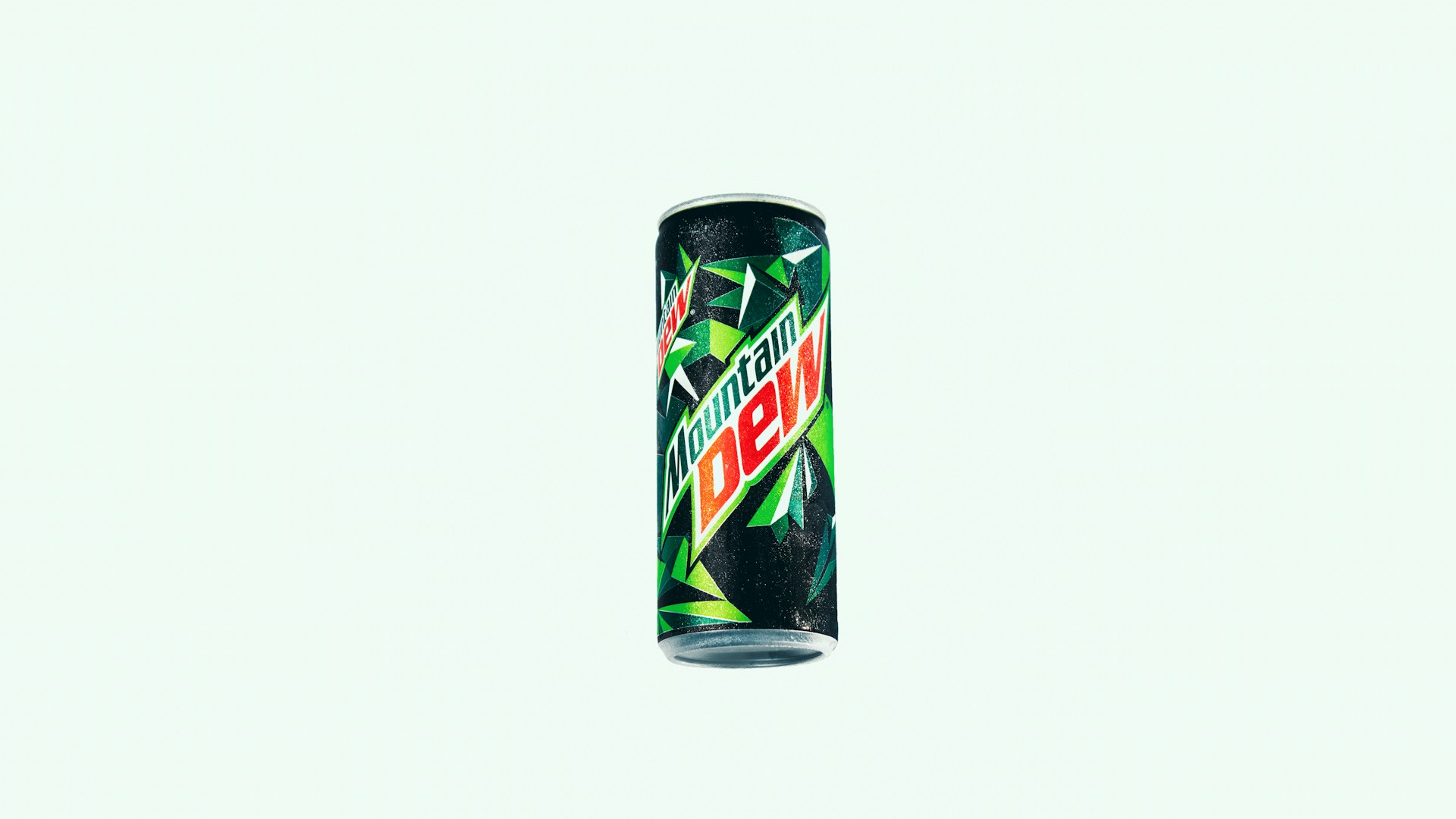
Mountain Dew
Mountain Dew once contained brominated vegetable oil (BVO), a synthetic additive used to keep citrus flavoring suspended. Banned in the EU, Japan, and other countries over health concerns, BVO was removed from Mountain Dew in 2014. The FDA finalized a U.S. ban in 2024, giving manufacturers until 2025 to reformulate. Anil Jose Xavier / Unsplash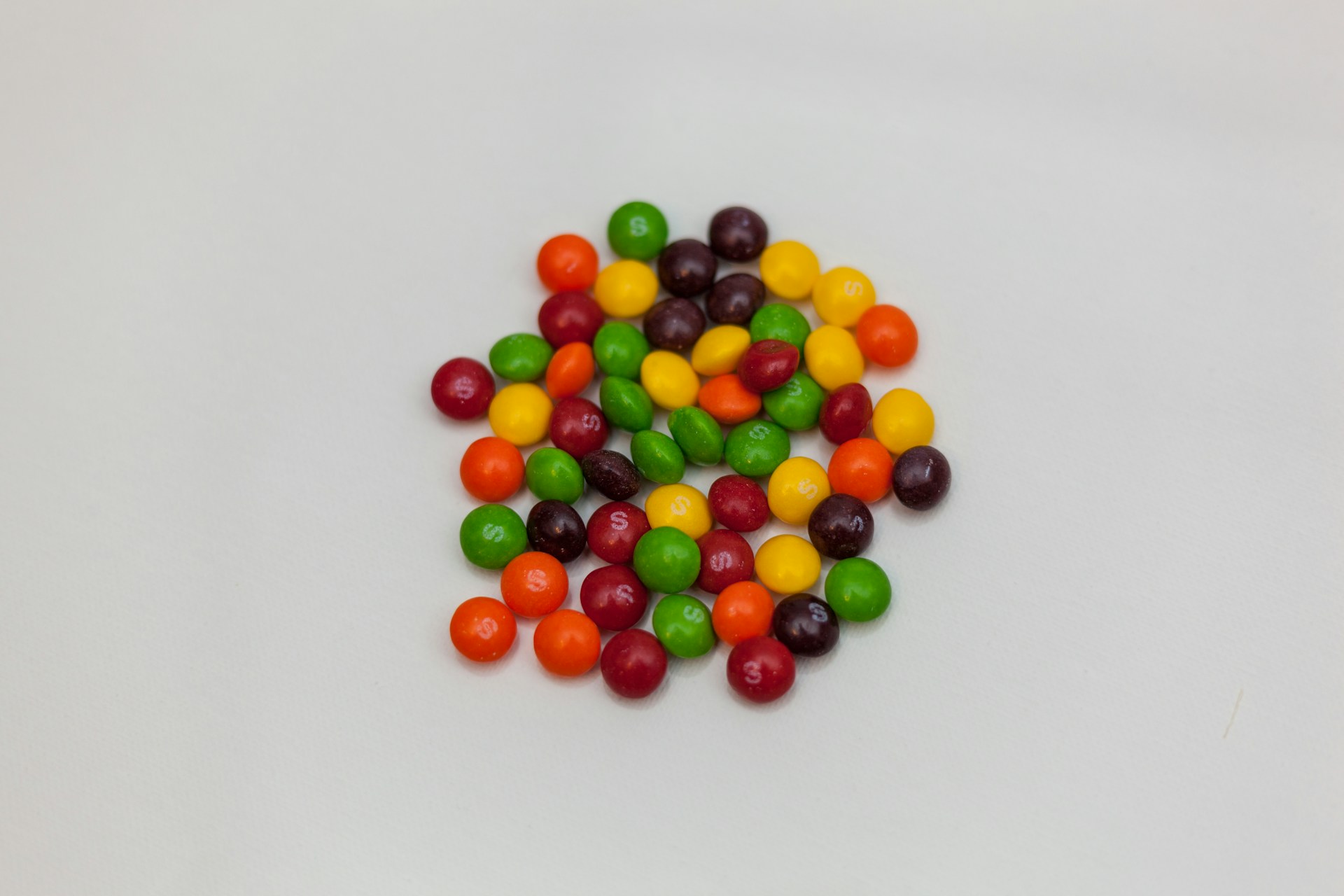
Skittles
Skittles are made with synthetic dyes such as Red 40, Yellow 5, and Yellow 6. These additives are permitted in the EU but must carry warning labels about potential behavioral effects in children. Norway and Austria have stricter rules, banning certain dyes in candy products. In the U.S., no warning label is required. Jonathan J. Castellon / Unsplash
Coffee-Mate
This powdered creamer contains partially hydrogenated oils—artificial trans fats—that have been linked to heart disease. While the FDA banned trans fats in 2018, some exceptions have allowed them to linger in trace amounts. Many other countries, including Denmark and Switzerland, have enforced stricter limits or eliminated them entirely. Coffee-mate’s formulation may still contain small quantities depending on manufacturing. Terry Johnston from Grand Rapids, USA, CC BY 2.0 https://creativecommons.org/licenses/by/2.0, via Wikimedia Commons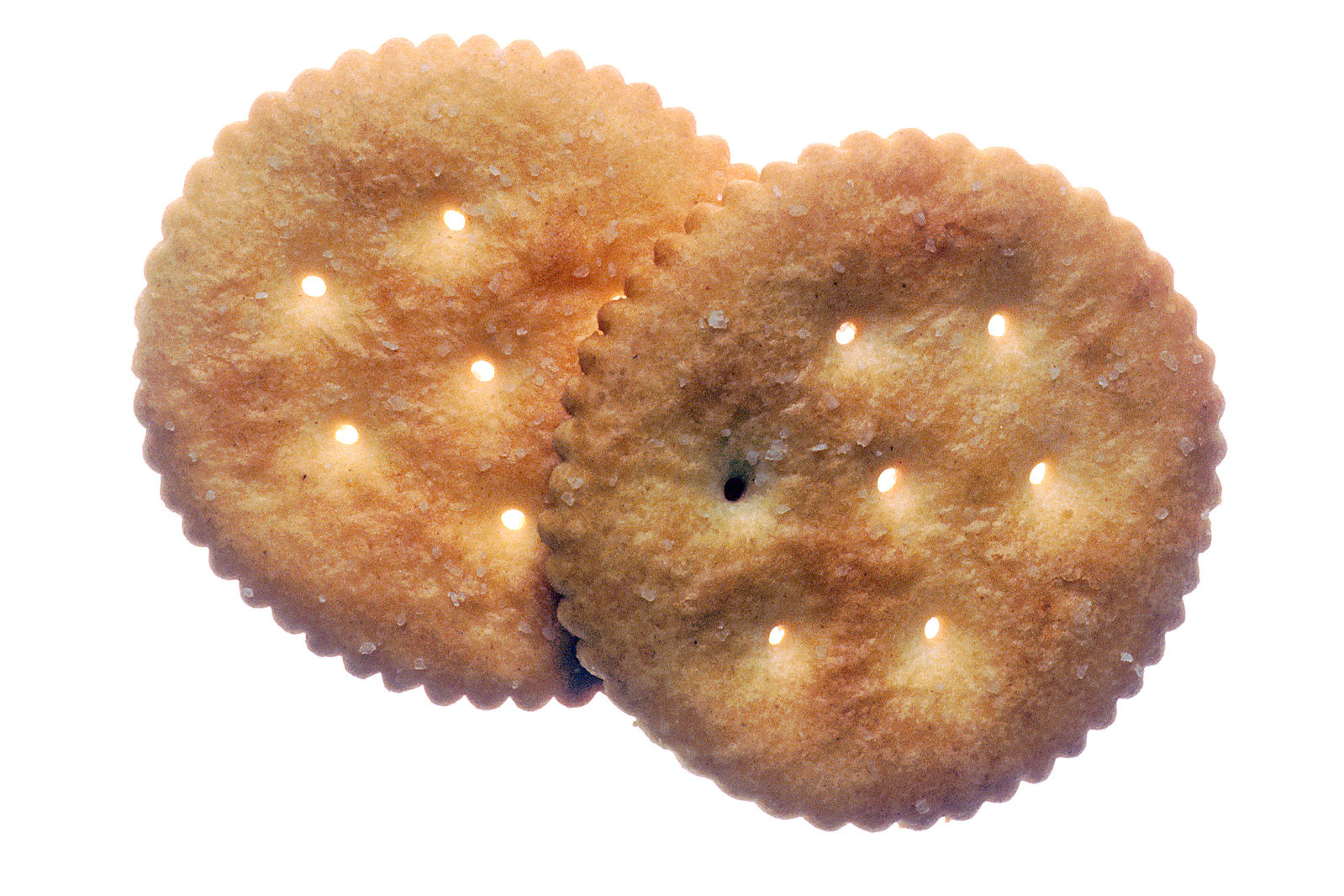
Ritz Crackers
Ritz Crackers include partially hydrogenated cottonseed oil in some versions. Though trans fats have been largely phased out in the U.S., international regulations are often stricter. Countries like Austria and Iceland have imposed tighter restrictions on trans fat content in processed foods. In the U.S., labeling rules allow products to list “0 g trans fat” if they contain less than 0.5 g per serving, which means partially hydrogenated oils may still be present even if not clearly disclosed. Renee Comet / Wikimedia
Pillsbury Pie Crust
Pillsbury’s ready-made pie crust includes preservatives BHA and BHT. These antioxidants are banned or restricted in parts of the EU and Japan due to ongoing evaluation of their safety. While U.S. regulators allow their use, international bodies have taken a more conservative stance. The crust remains widely available domestically. SylwesterL / Pixabay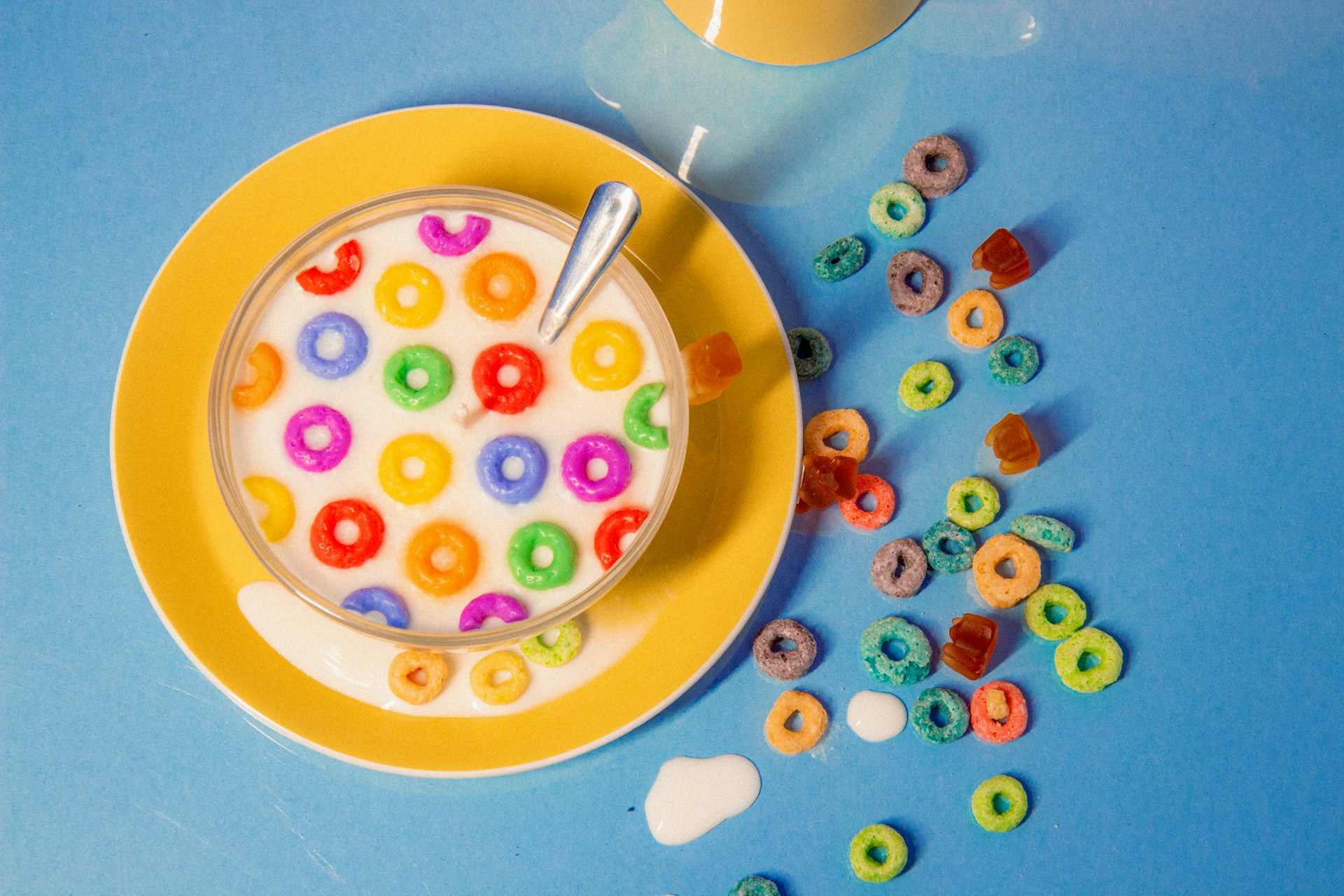
Froot Loops & Other Cereals
Popular cereals like Froot Loops and Honey Bunches of Oats often contain BHT as a preservative. The additive is banned in the EU and Japan, where it’s considered potentially unsafe for long-term consumption. U.S. food producers continue to use it, particularly in cereal packaging. Some domestic brands have started reformulating in response to consumer demand. Jessica Neves / Unsplash
Gatorade
This sports drink contains synthetic dyes like Yellow 5 and Yellow 6. These dyes are restricted in European baby food and must carry behavioral warning labels on other products. Norway and Austria have taken a harder stance, banning the dyes outright. Gatorade remains a best-seller in the U.S., often marketed for its electrolyte content. Canyon Swartz / Unsplash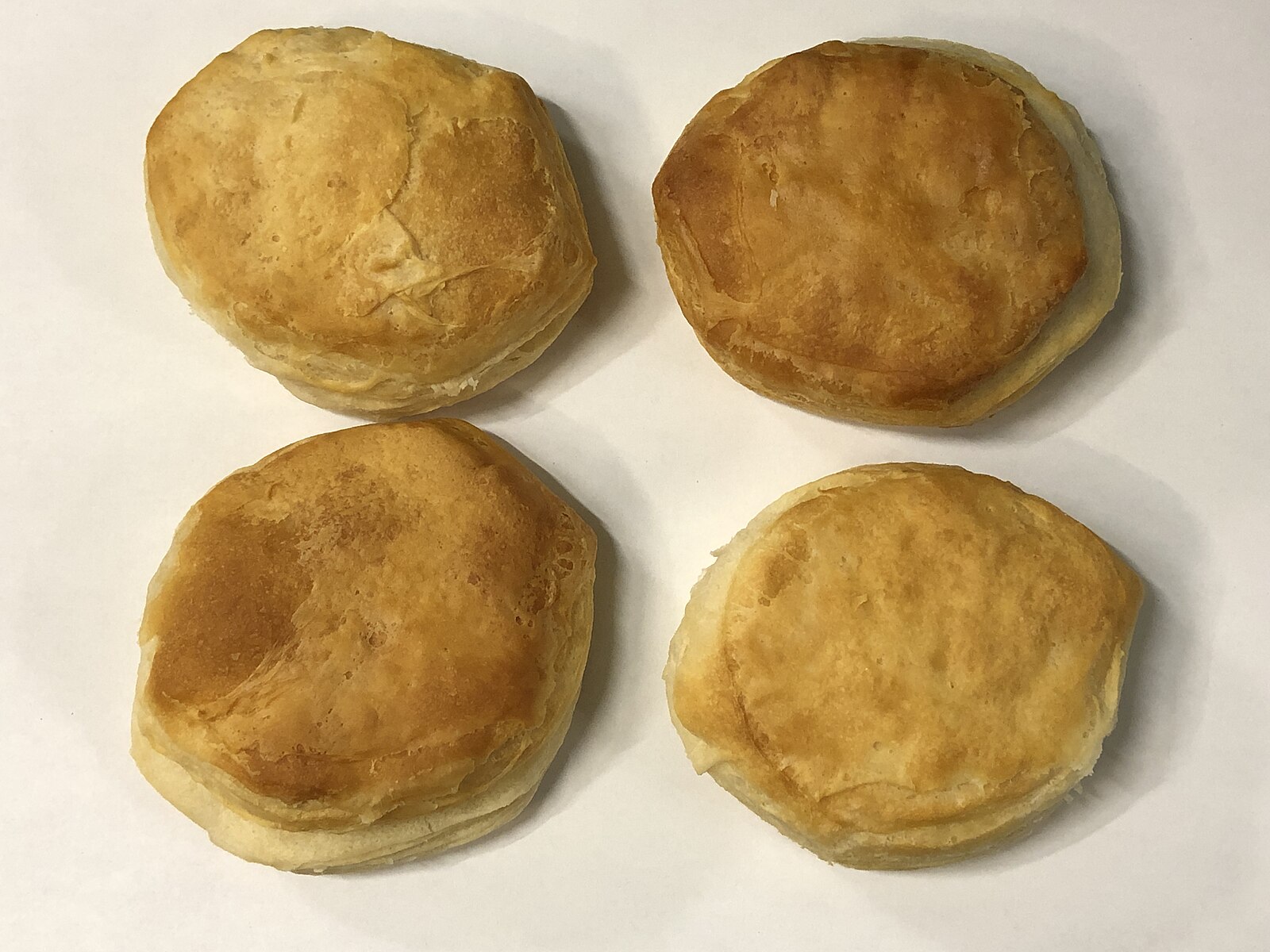
Pillsbury Biscuits
Many varieties of Pillsbury Biscuits use partially hydrogenated oils, a source of trans fats. Though the FDA banned these fats in 2018, some products still contain low levels under regulatory exemptions. Countries including Canada and the EU have tighter enforcement. U.S. consumers are advised to check ingredient lists. Famartin, CC BY-SA 4.0 https://creativecommons.org/licenses/by-sa/4.0, via Wikimedia Commons
Pop-Tarts
Colorful Pop-Tarts rely on synthetic dyes like Red 40 and Yellow 6 for their signature frosting. These dyes require warning labels in the EU. Norway and Austria have issued bans on several of these colorants. In the U.S., they remain widely used in processed snacks. Isabella Fischer / Unsplash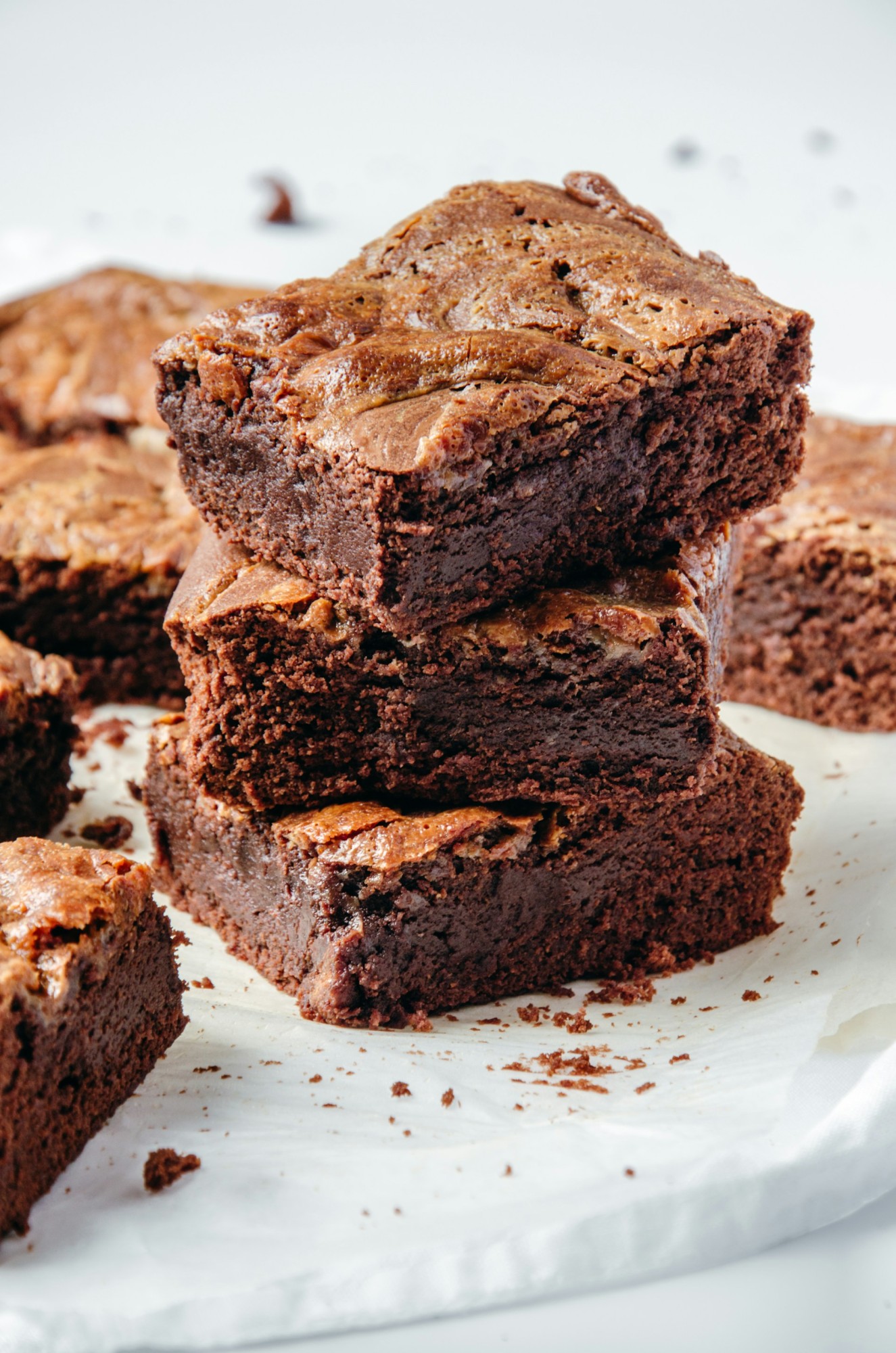
Betty Crocker Fudge Brownie Mix
This convenient dessert mix contains partially hydrogenated oils, a source of trans fat. Despite the U.S. ban, some products may still include trace levels due to leftover stock or manufacturing exemptions. European nations have implemented stronger bans on trans fats across categories. U.S. shoppers may not notice unless reading fine print. Anna Przepiorka / Unsplash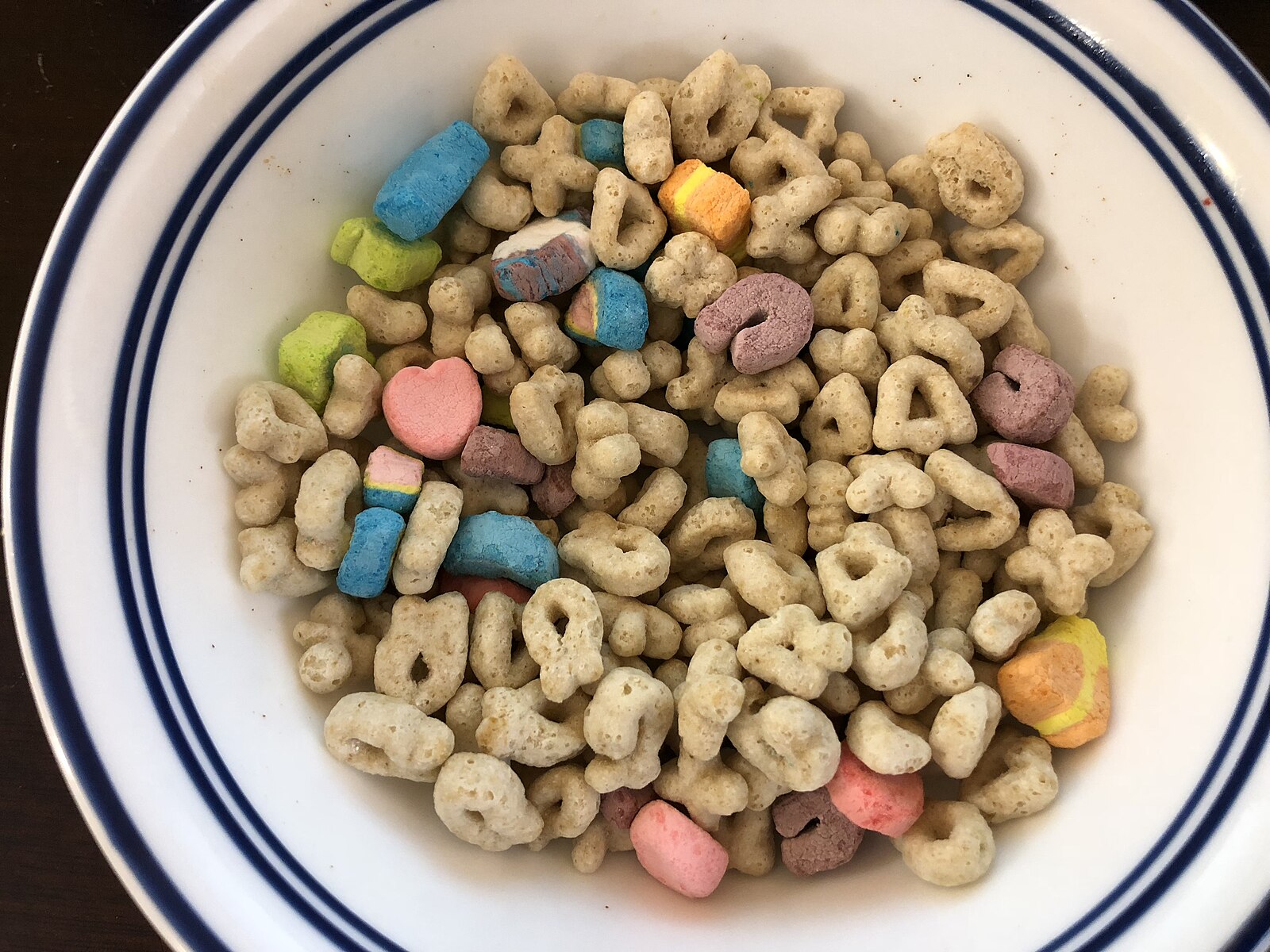
Lucky Charms
The vibrant colors in Lucky Charms come from synthetic dyes like Yellow 5 and Red 40. These additives are banned in certain countries and must carry behavioral warnings in the EU. In the U.S., no labeling is required. Famartin, CC BY-SA 4.0 https://creativecommons.org/licenses/by-sa/4.0, via Wikimedia Commons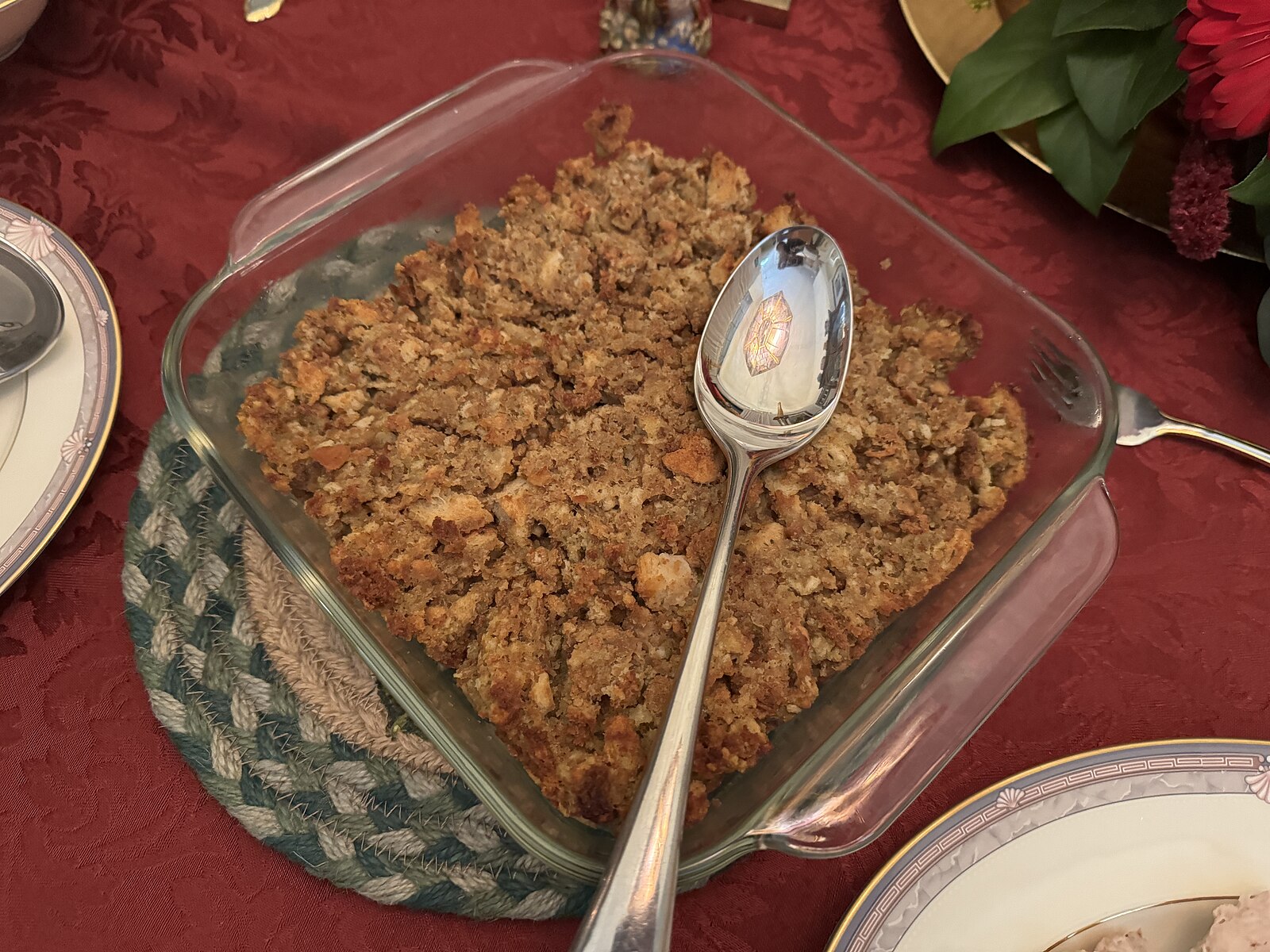
Stove Top Stuffing
Kraft’s stuffing mix includes BHA and BHT, both of which are banned in the UK and parts of Europe. These preservatives are considered safe in small amounts by the FDA but remain controversial abroad. Critics argue for caution due to inconclusive long-term data. American shoppers continue to buy it in large quantities. Missvain, CC BY 4.0 https://creativecommons.org/licenses/by/4.0, via Wikimedia Commons
Arby's Breakfast Breads
Some of Arby’s baked items include azodicarbonamide, a dough conditioner and bleaching agent. The compound is banned in the EU due to concerns it may break down into potentially harmful substances during baking. In the U.S., the FDA allows it in limited quantities. Many fast-food chains are now phasing it out voluntarily. Mike Mozart from Funny YouTube, USA, CC BY 2.0 https://creativecommons.org/licenses/by/2.0, via Wikimedia Commons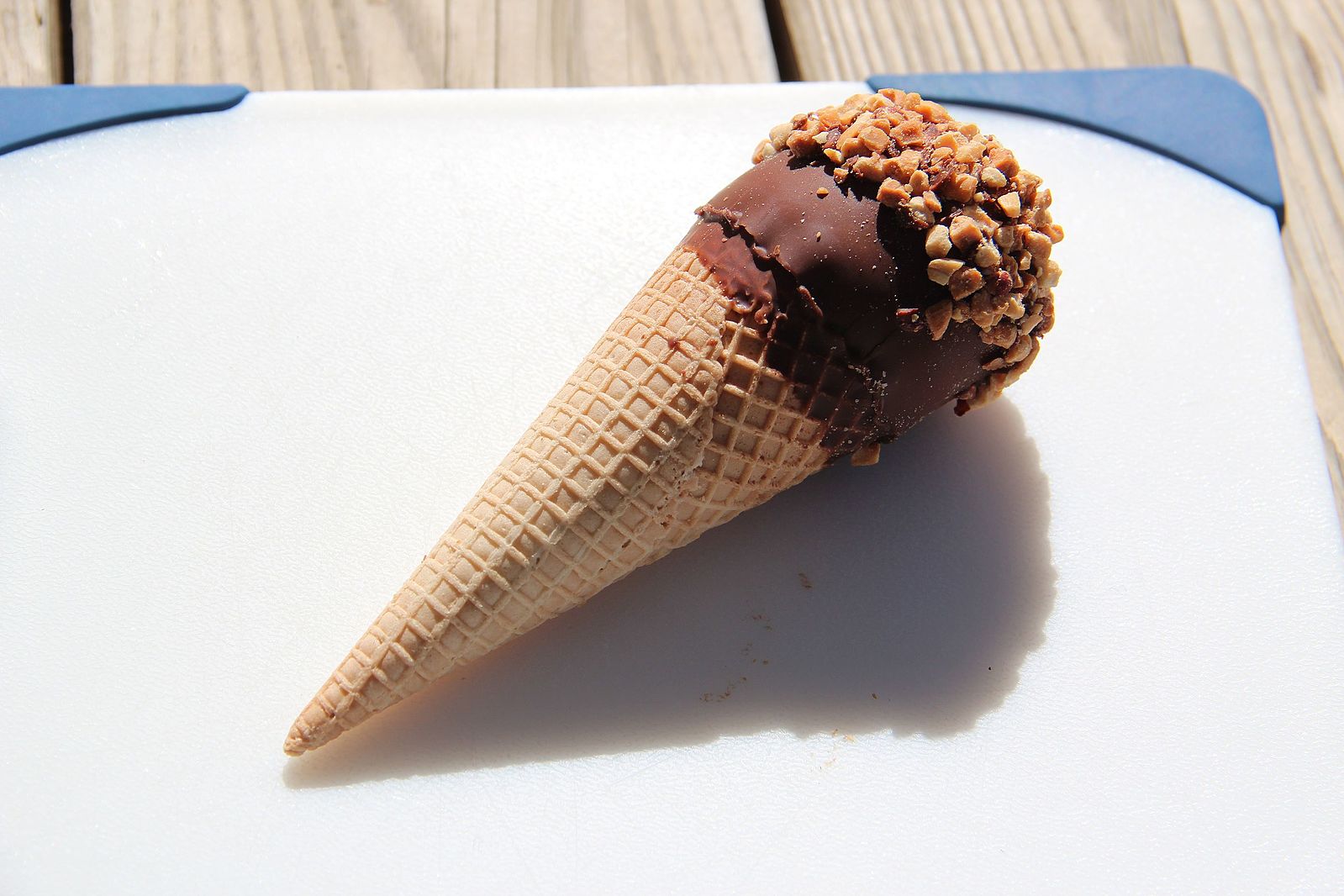
Drumstick Ice Cream Cones
These frozen treats contain carrageenan, a thickening agent derived from seaweed. While not banned, the EU limits its use in infant formula. In the U.S., carrageenan remains widespread in dairy and alternative milk products. Some brands have begun offering carrageenan-free versions. Thomson200, CC0, via Wikimedia Commons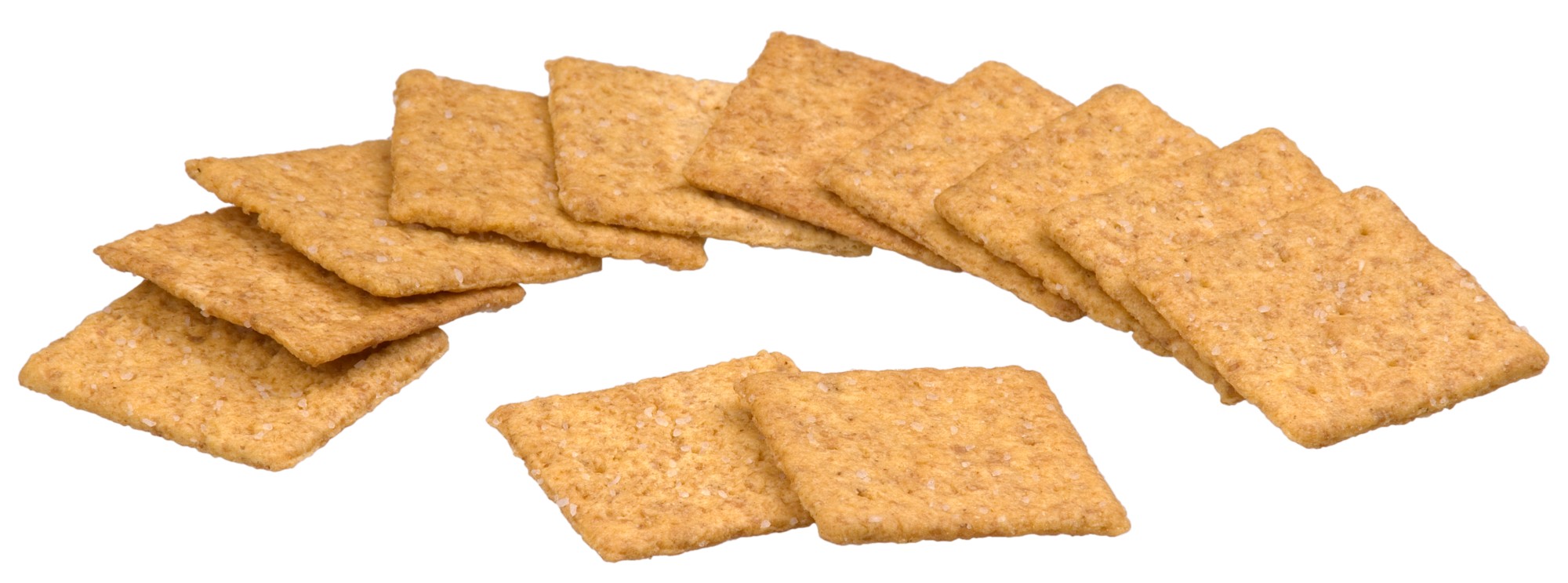
Wheat Thins
Wheat Thins use BHT in the packaging to preserve freshness. The chemical is banned in several European countries. It’s not considered harmful in small doses by U.S. standards, but other regions take a more restrictive view. Nabisco continues to use it in domestic products. Evan-Amos, CC0, via Wikimedia Commons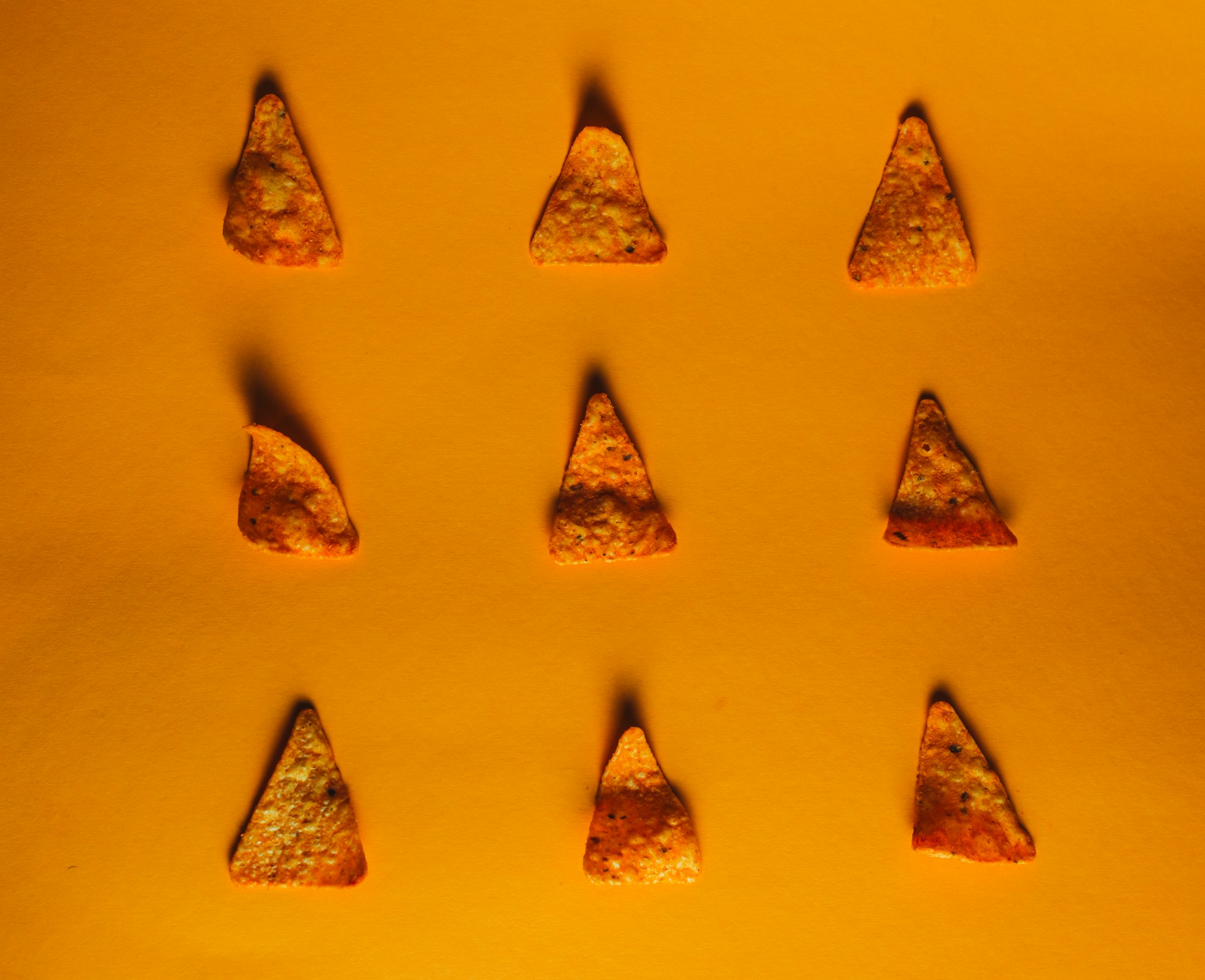
Doritos Light
Doritos Light used olestra, a fat substitute that caused digestive side effects for some consumers. The additive was banned in Canada and the EU but remains approved by the FDA. Due to public backlash, olestra is now rarely used in new U.S. products. The original Doritos line does not contain it. Tamas Pep / Unsplash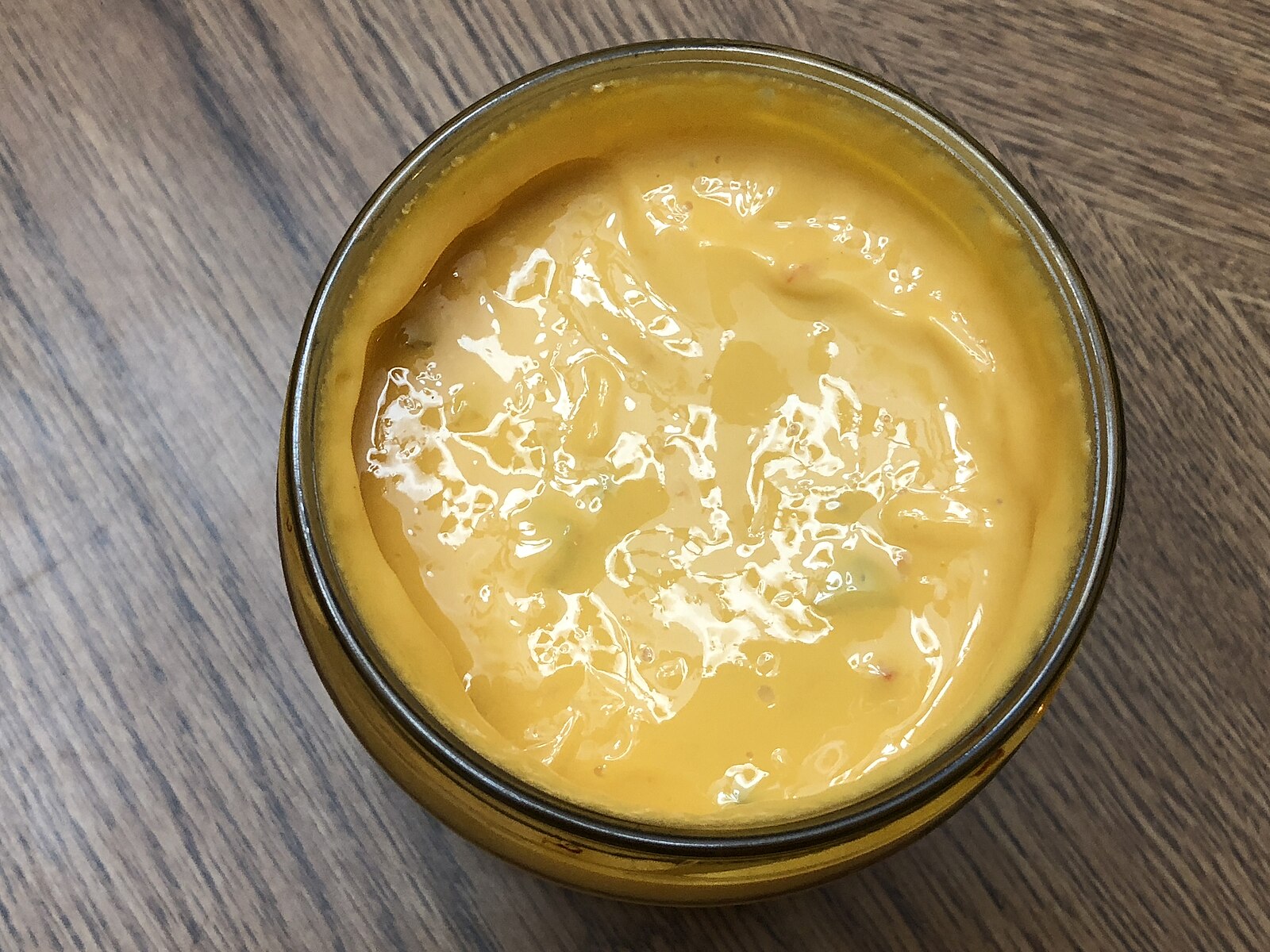
Tostitos Queso Dip
This popular cheese dip gets its bright hue from synthetic dyes like Yellow 5 and Yellow 6. These colors are banned in Austria and Norway and require warning labels in the EU. In the U.S., they remain legal without label warnings. Consumer groups have pushed for reformulation. Famartin, CC BY-SA 4.0 https://creativecommons.org/licenses/by-sa/4.0, via Wikimedia Commons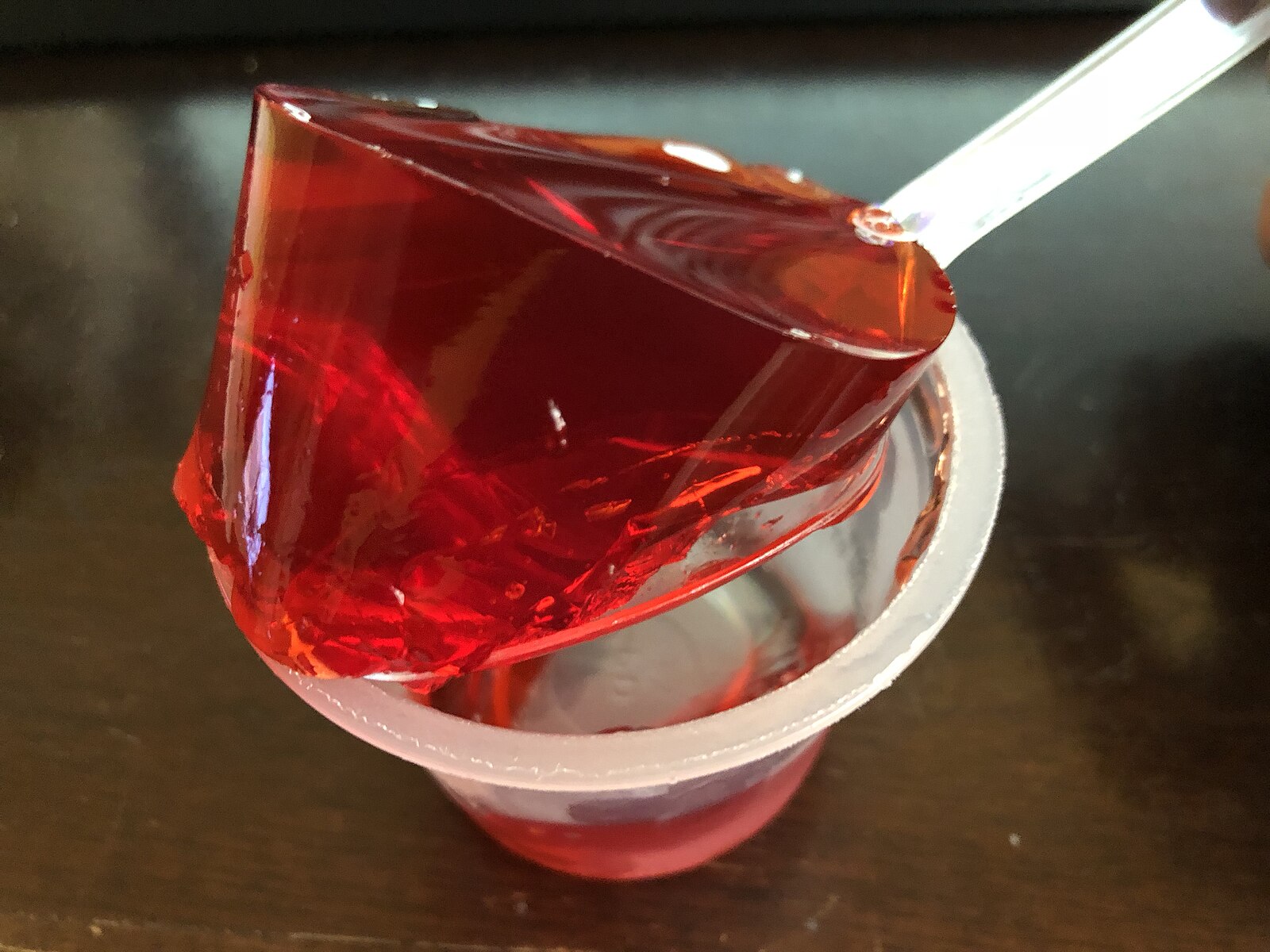
Raspberry Jell-O
Jell-O desserts often rely on Red 40, which is banned in some countries and regulated in Europe. While not linked to serious health risks in most studies, the dye has sparked concern over hyperactivity in children. European law requires labeling when used. American packaging does not. Famartin, CC BY-SA 4.0 https://creativecommons.org/licenses/by-sa/4.0, via Wikimedia Commons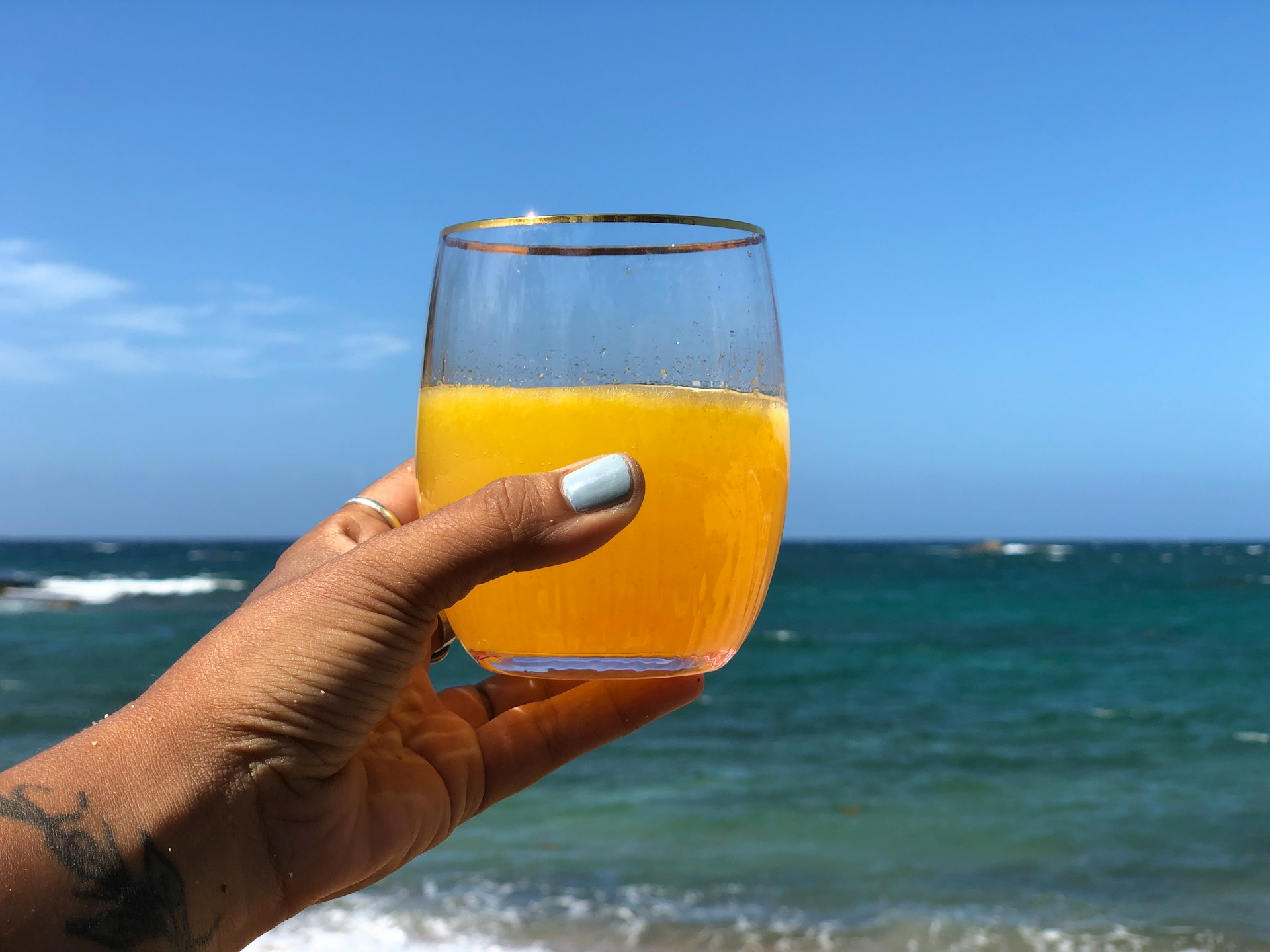
Sunkist Soda
Sunkist’s bright orange color comes from artificial dyes also restricted in many European countries. Norway and Austria ban them outright, while the EU mandates cautionary labels. U.S. versions remain unchanged. Efforts to reformulate have so far been minimal. The Pop'd Shop / Unsplash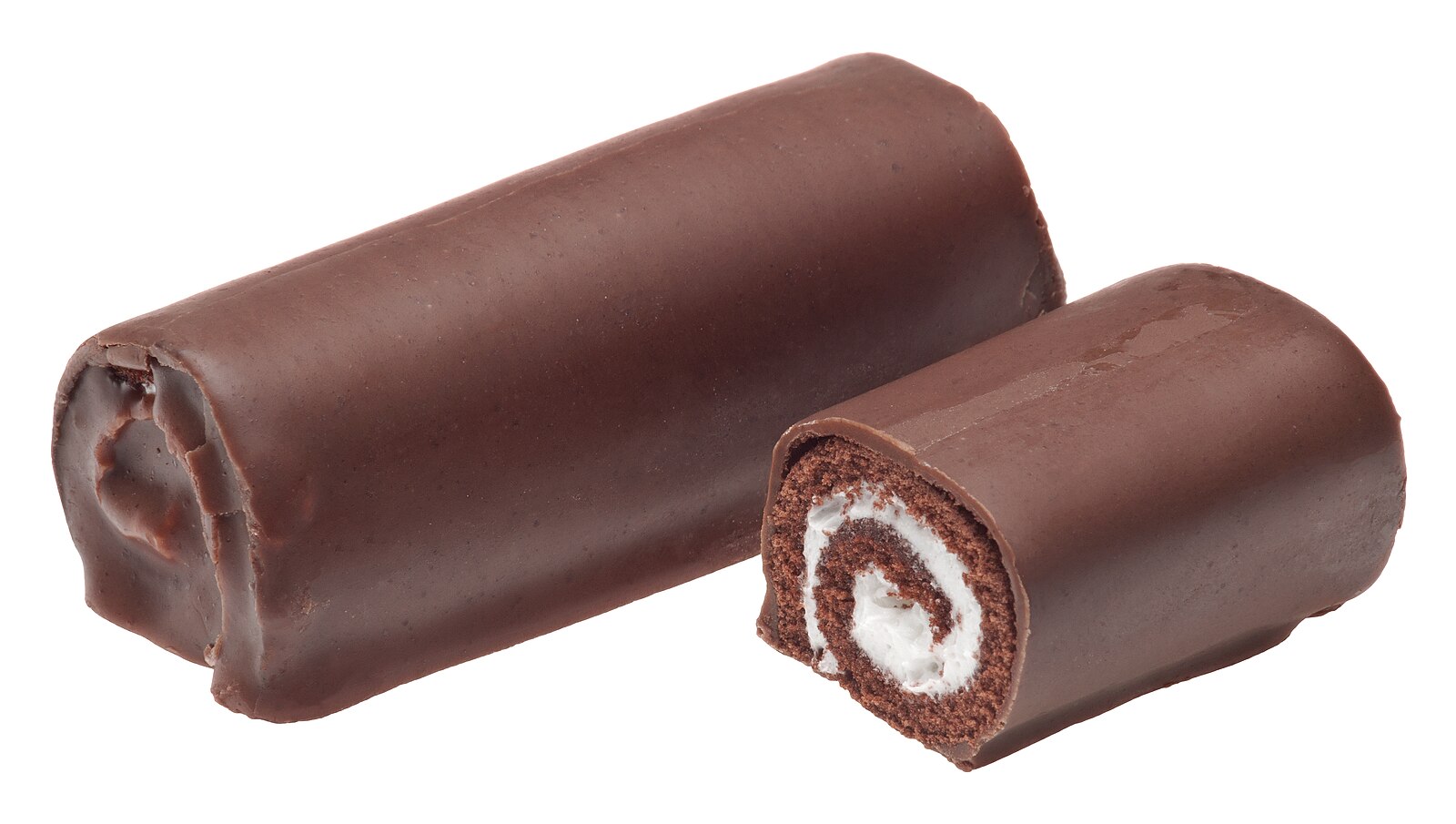
Little Debbie Swiss Rolls
This snack cake contains both Yellow 5 and Red 40, which are restricted in Europe for use in children’s food. While the EU allows them with warnings, some countries ban the product altogether. In the U.S., no warnings are required. The cakes remain a lunchbox staple. Evan-Amos, CC0, via Wikimedia Commons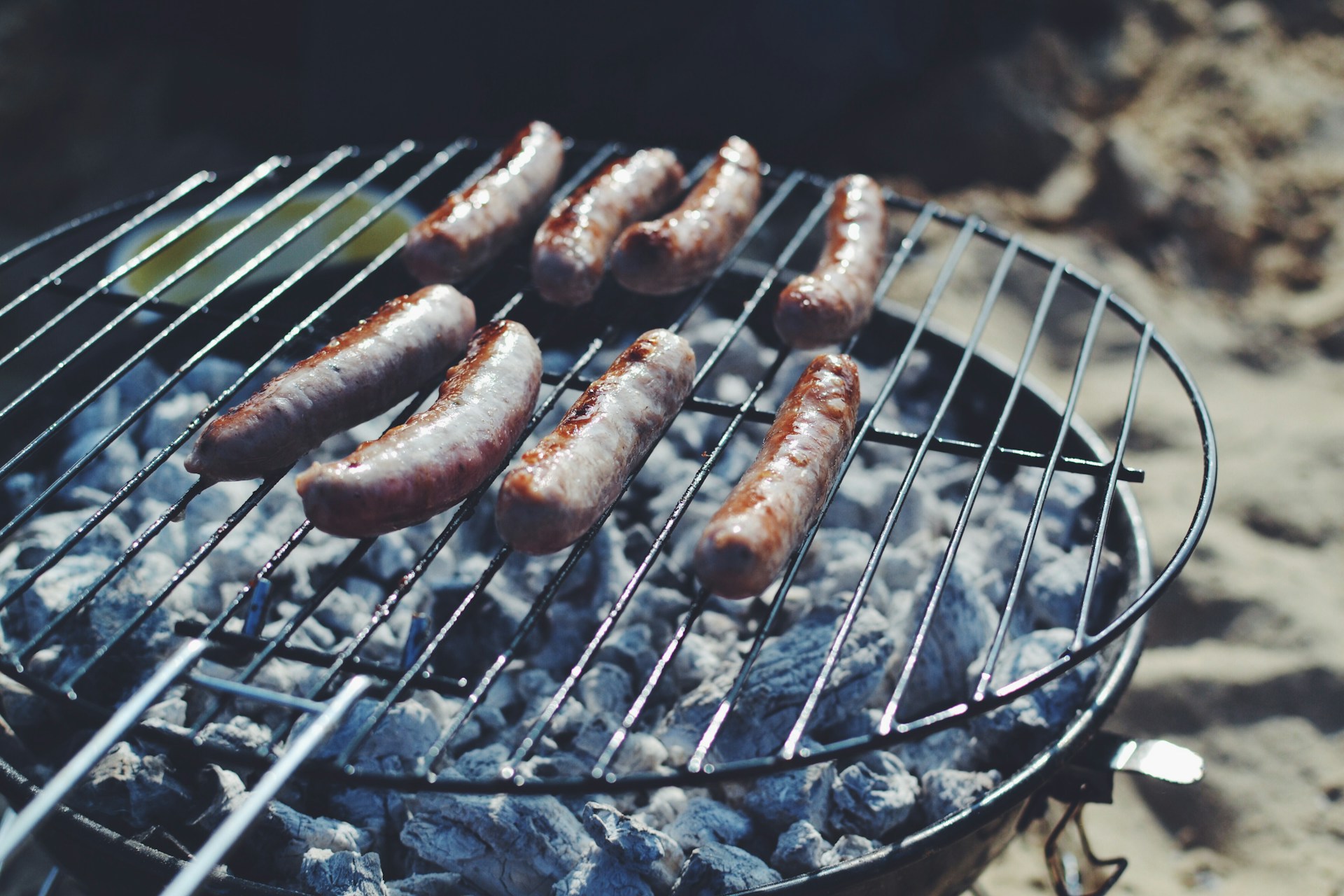
Farmer John Sausages
These breakfast links use BHT as a preservative. While BHT is still legal in the U.S., it has been banned in several European and Asian countries. Critics call for more transparency in meat processing. The sausages remain widely sold in American grocery stores. Kirsty TG / Unsplash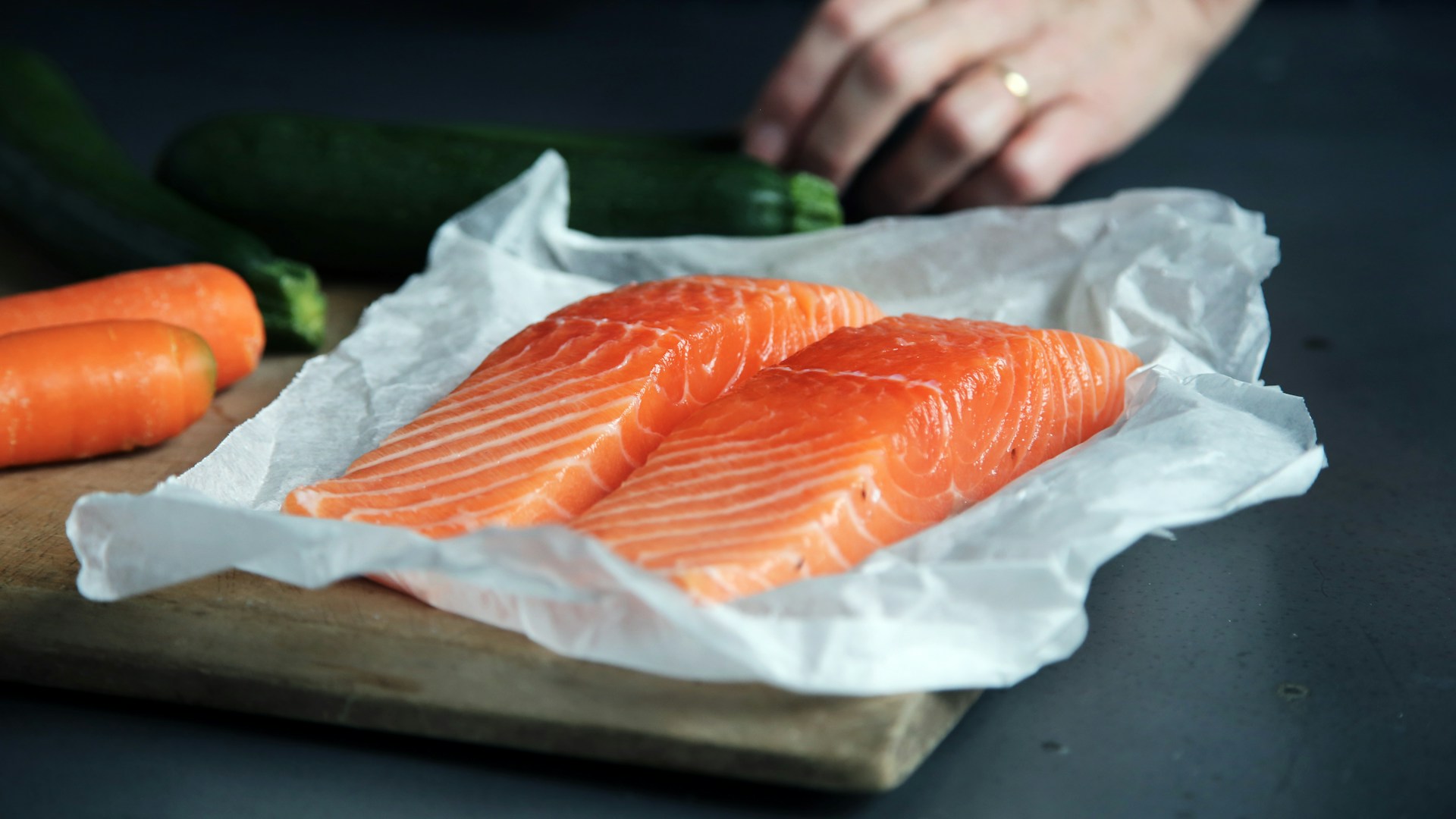
Farm-Raised Salmon
Some farmed salmon in the U.S. are given astaxanthin to enhance their pink coloring. While considered safe by the FDA, the additive is banned for use in Australia and New Zealand in fish intended for human consumption. Consumers abroad often prefer wild-caught varieties. In the U.S., labeling doesn’t always differentiate. Caroline Attwood / Unsplash
Chicken Washed in Chlorine
American chicken is sometimes rinsed in chlorine to kill bacteria. The EU and UK ban this practice, citing concerns that it may cover up poor hygiene standards in farming. U.S. regulators maintain it is effective and safe. The method remains in common use in domestic poultry processing. Hayley Ryzcek / Unsplash
Meat with Ractopamine
Ractopamine is a feed additive used to promote lean muscle growth in pork and beef. It is banned in over 160 countries, including the EU, Russia, and China. The FDA continues to permit it in livestock. Exporters often create separate product lines for international markets. PD-US / Wikimedia
Genetically Engineered Papaya
Virus-resistant genetically modified papaya is widely grown in Hawaii and legal in the U.S. However, the European Union does not allow genetically engineered versions of the fruit. The debate over GMO safety continues globally. American labeling laws remain relatively lax. Debora Cardenas / Unsplash
Bread with Potassium Bromate
Potassium bromate is used in bread to improve texture and rise. It is banned in countries like the UK and Canada due to concerns about its potential to cause health issues with long-term exposure. The U.S. still permits its use. Many bakers have moved away from it voluntarily. Yukiko Kanada / Unsplash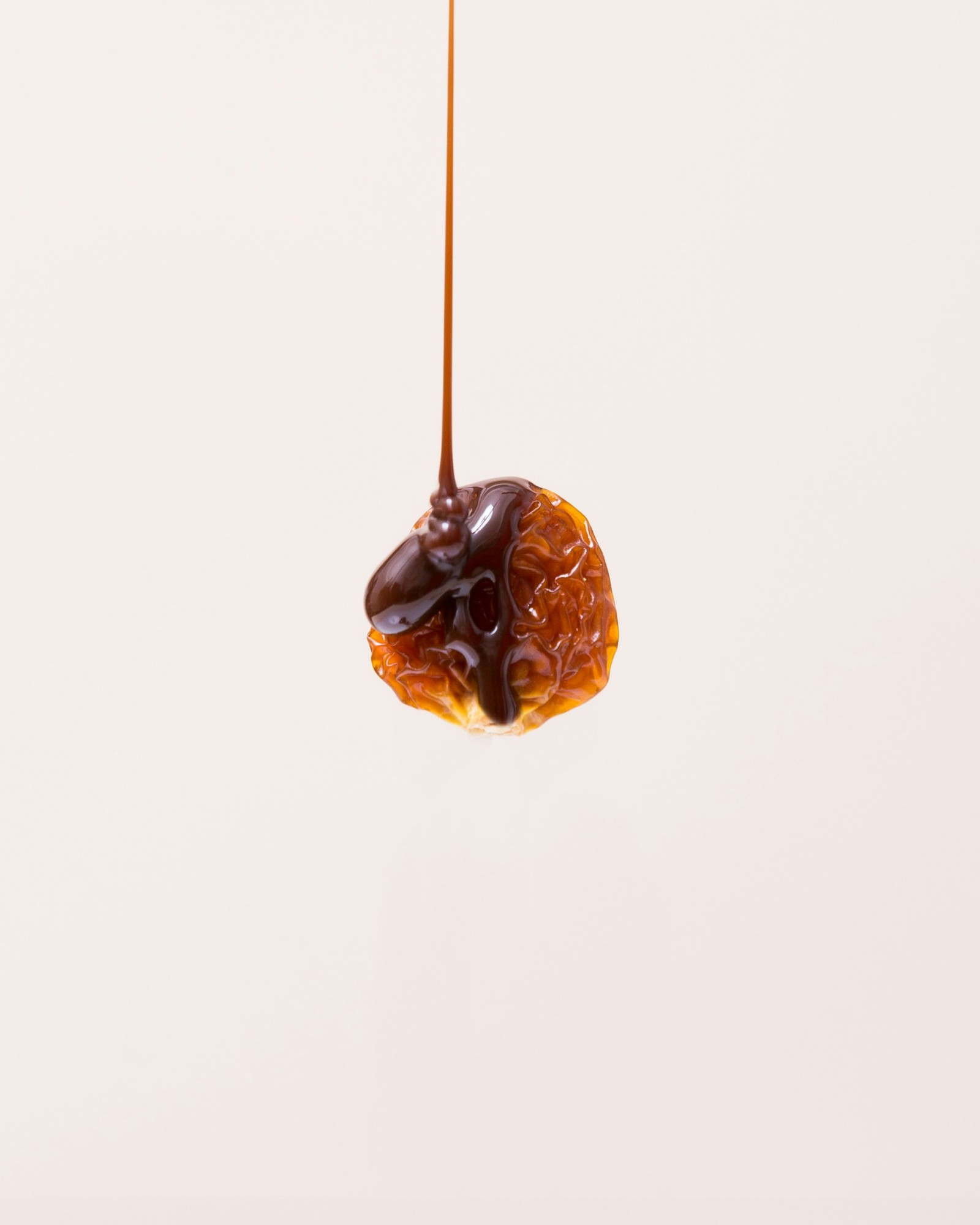
High-Fructose Corn Syrup
Though not banned outright, high-fructose corn syrup is heavily restricted or taxed in countries like the UK and parts of Europe. It’s widely used in U.S. sodas and snacks. Critics link it to rising obesity and metabolic conditions. Alternative sweeteners are growing in popularity abroad. No Revisions / Unsplash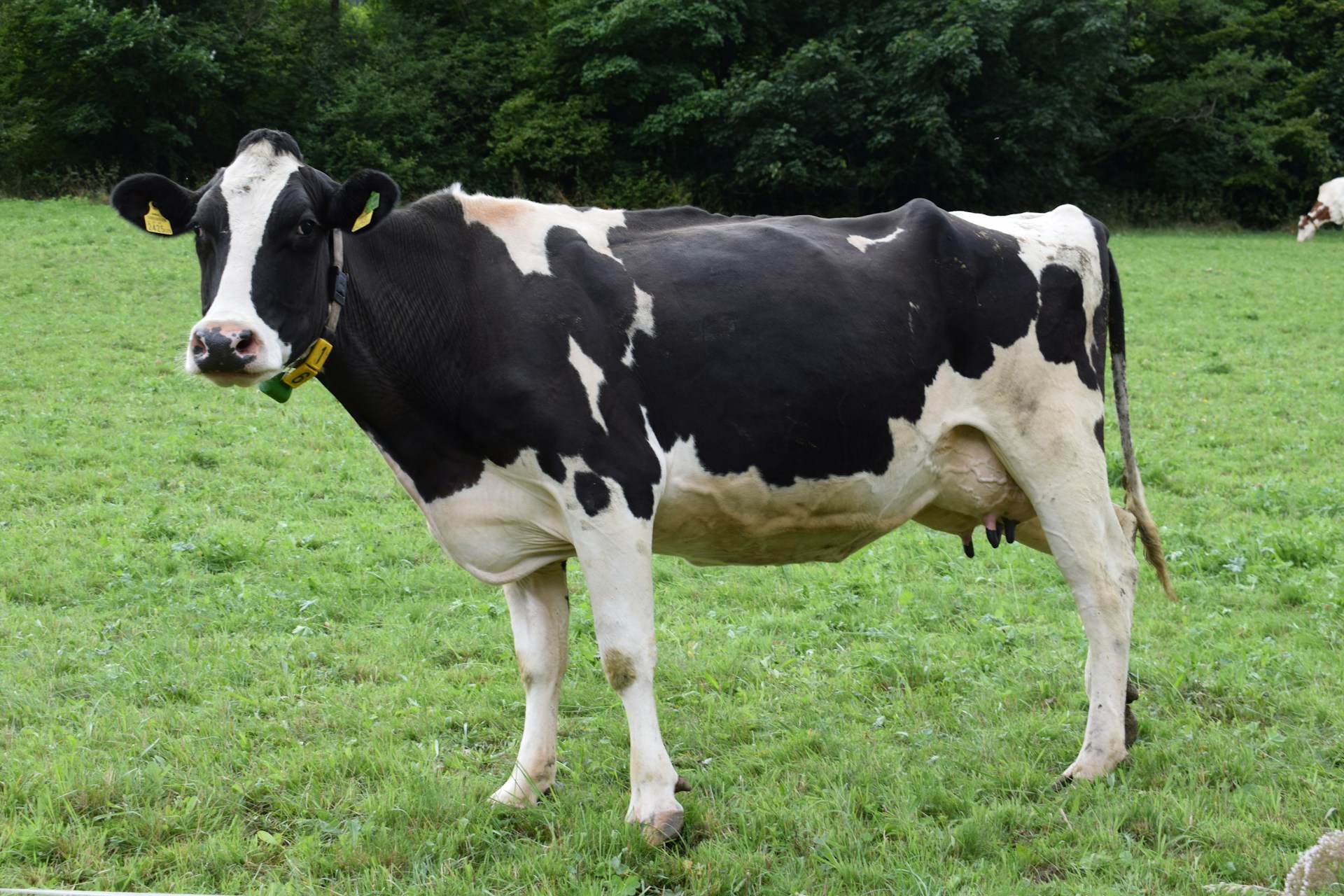
Milk with rBST/rBGH
Some American dairy cows are treated with synthetic hormones to increase milk output. The FDA considers milk from treated cows safe. However, Canada and the EU prohibit its use out of precaution. U.S. milk rarely carries labeling unless it's hormone-free. Screenroad / Unsplash